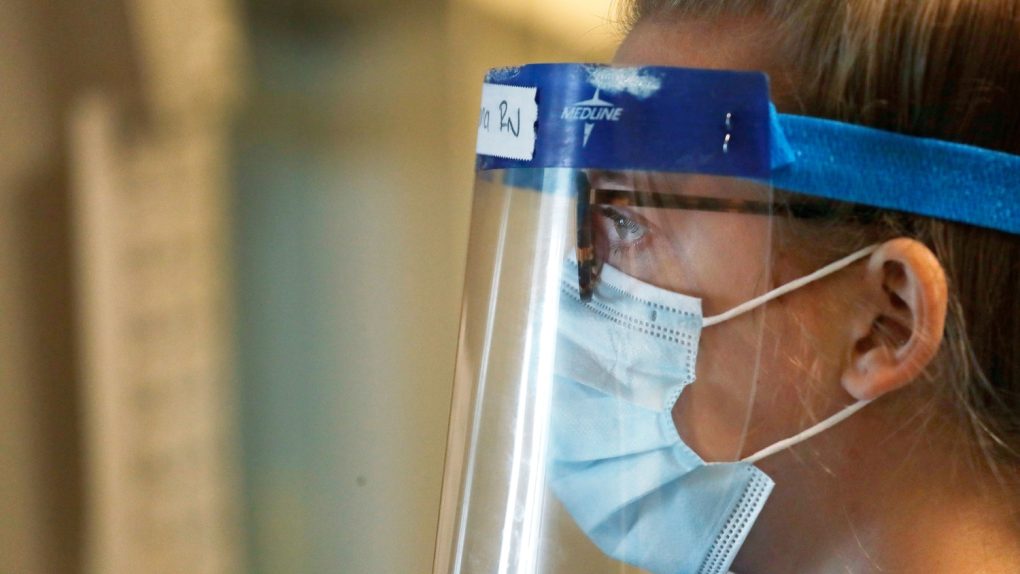- The coronavirus can spread from animals to humans, the Dutch government concluded, after looking at data from mink farms in the region.
- Researchers discovered a brand new coronavirus strain in bats from China that’s described as “the closest relative of SARS-CoV-2 reported to date.” The samples were taken between May and October of last year, but the study was published only a couple of weeks ago.
- These unconnected events show that COVID-19 is a disease that could have originated in animals from a virus that evolved and developed the ability to infect all sorts of other animals, including humans.
The coronavirus origin saga continues, as China has quietly changed the story. The virus didn’t come from the wet market in Wuhan, which is what so many conspiracy theorists have been claiming all along. It didn’t come from the Wuhan Institute of Virology either, China officials said a few days ago. We know from scientists and intelligence agencies it wasn’t made in a lab either.
The likeliest explanation is that an animal passed the virus to humans, and that’s how we ended up in this position, having to deal with more than 5.7 million infections and tremendous loss of life. But we now have more evidence that the virus can be passed from animals to humans, and that similar viruses exist in the animal kingdom.
As we explained earlier, The Wall Street Journal reported on both developments from China related to the source of COVID-19. Wang Yanyi, the director of the Wuhan lab, said on CCTV over the weekend that SARS-CoV-2 was significantly different from any live pathogen that has been studied at the institute. On Tuesday, China’s DC director Gao Fu told Chinese state media that the wet market “is one of the victims” of the virus, not the source. Scientists failed to show any links between the animals sold there and the coronavirus.
The Journal remarked on an interesting change from Chinese officials when it comes to the Wuhan institute. They actually addressed a 2013 virus that’s often included in COVID-19 conspiracy theories:
While the lab has said all along that the virus causing Covid-19 wasn’t in its catalog of pathogens, Dr. Wang’s comments in this weekend’s interview are notable for stating that none of the three strains of live virus handled by the institute are genetically close to the coronavirus at the heart of the pandemic. Further, she said that Dr. Shi had no actual live sample of a coronavirus she discovered in 2013 in a bat, which her team this year found to be a 96% match to the pathogen behind today’s pandemic.
Dr. Wang said in this weekend’s broadcast interview that the institute had neither isolated nor obtained the live virus discovered in 2013, RaTG-13, because it was genetically too distant from the kinds of viruses studied by Dr. Shi, indicating the finding was based on a database that contained its genome sequence. ‘Thus there was no possibility of leaking RaTG-13,’ she said.
RaTG-13 is a bat virus that’s been circulating for quite some time, and its similarity to SARS-CoV-2 suggests that pathogens that live in bats have been able to jump to humans.
New research published in Current Biology, via Medical News Today, details a novel coronavirus called RmYN02. Apparently, this virus is “the closest relative of SARS-CoV-2 reported to date.” RmYN02 was found in samples from 227 bats collected from the Yunnan Province in China between May and October 2019.
The researchers say that this coronavirus might not be able to bind to the ACE2 receptors that SARS-CoV-2 hooks up to, but “RmYN02 was characterized by the insertion of multiple amino acids at the junction site of the S1 and S2 subunits of the spike (S) protein.” Why is that important? Well, it provides “strong evidence that such insertion events can occur naturally in animal betacoronaviruses,” something that conspiracists wondered about SARS-CoV-2.
This study proves that pathogens like the novel coronavirus can develop in animals. But how did SARS-CoV-2 end up in a human host? That’s a question that we’ve yet to answer. However, we already know that animal-to-person transmission is possible, and that’s thanks to minks growing on farms in the Netherlands.
“On the basis of new research results from the ongoing research into Covid-19 infections at mink farms, it is plausible that an infection took place from mink to human,” the Dutch government said in a statement last week. “It also appears from this research that minks can have COVID-19 without displaying symptoms.”
Dutch authorities think that cats may have played a role and have advised mink farms to prevent cats from being able to “enter or leave the farm premises.” As if anyone would ever be able to tell cats what to do.
Separately, we do know that cats and dogs can get COVID-19, and the animals do occasionally develop symptoms.
To summarize, we now have evidence that the novel coronavirus could have evolved in animals, and could have passed from animal to animal until it found a human host. We still have no idea when or where it first happened. But what RmYN02 shows is that it might only be a matter of time until another one arrives.








